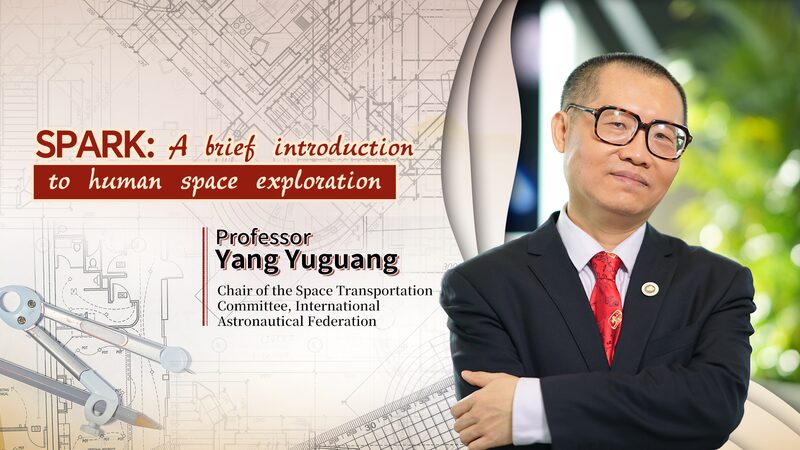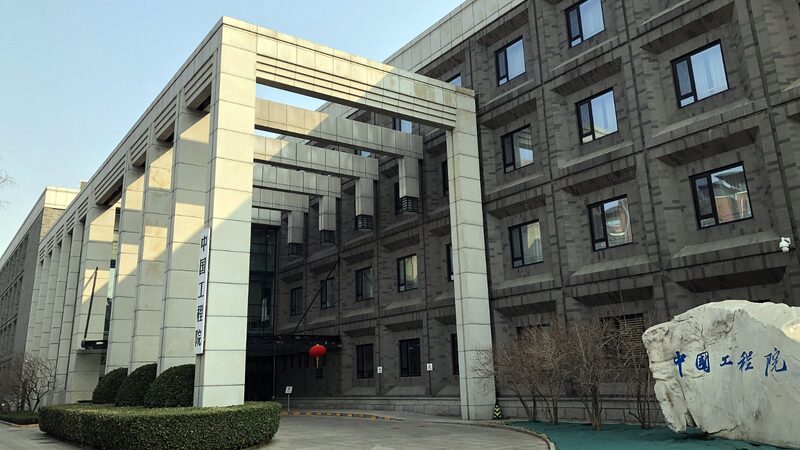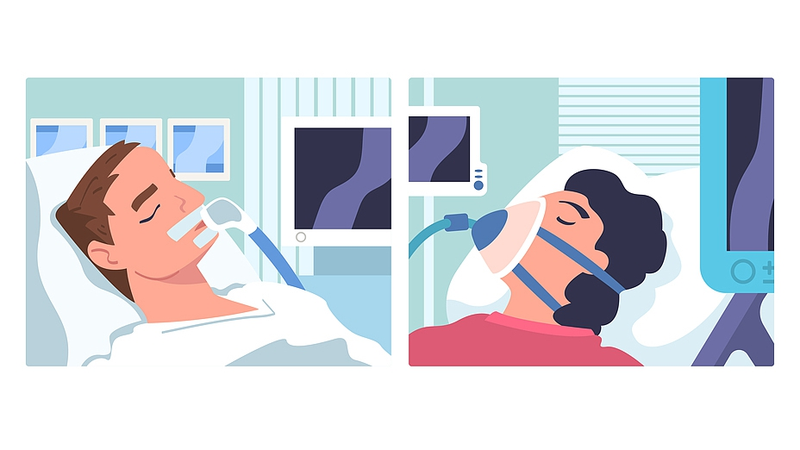November 8 marks World Radiography Day (WRD), commemorating 128 years since Wilhelm Conrad Röntgen’s groundbreaking discovery of X-rays and his historic photograph of his wife’s hand. This monumental event paved the way for non-invasive exploration of the human body, revolutionizing medical diagnostics.
Dr. Wang Zhenchang, a member of the Chinese Academy of Engineering, has led a team in developing a bone-specific computed tomography (CT) scanner with ultra-high resolution, reaching a 50-micron level of detail. This advancement represents a significant leap forward in diagnosing and treating various medical conditions.
“Resolution is a constant pursuit for radiologists,” Dr. Wang emphasized. “Enhancing it not only improves the detection of lesions but also facilitates early diagnosis, which is vital for effective intervention strategies and prognosis.” Early detection, particularly in cancer cases, can drastically alter patient outcomes.
Medical professionals offer a range of imaging options based on symptoms and examination objectives. For instance, computed tomographic angiography or ultrasound vascular scans may be recommended for atherosclerosis, while magnetic resonance imaging provides a clearer and more detailed view of brain tissue.
Looking to the future, the integration of artificial intelligence (AI) into medical imaging is poised to enhance diagnostic accuracy and streamline workflows. Dr. Wang noted that AI-driven algorithms can assist in identifying anomalies, ensuring that patients receive timely and accurate diagnoses.
Reference(s):
Health Talk: Medical imaging offers 'X-tra' insight into bodies
cgtn.com








